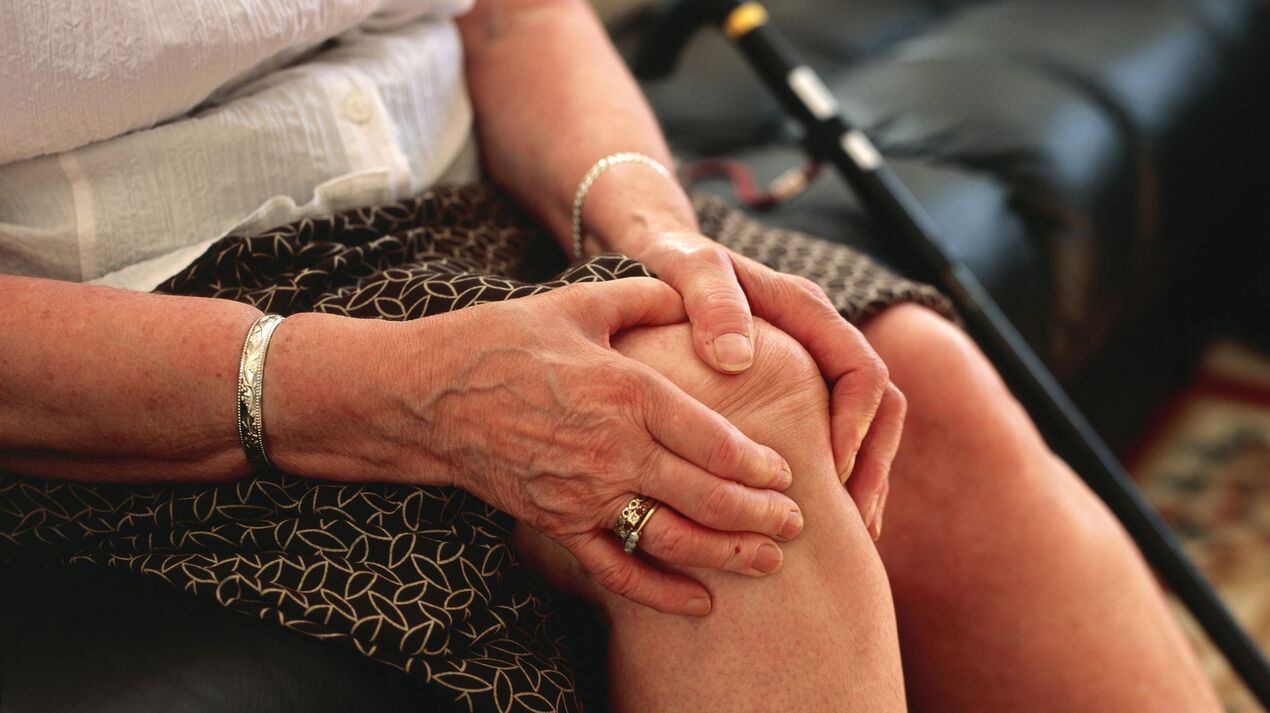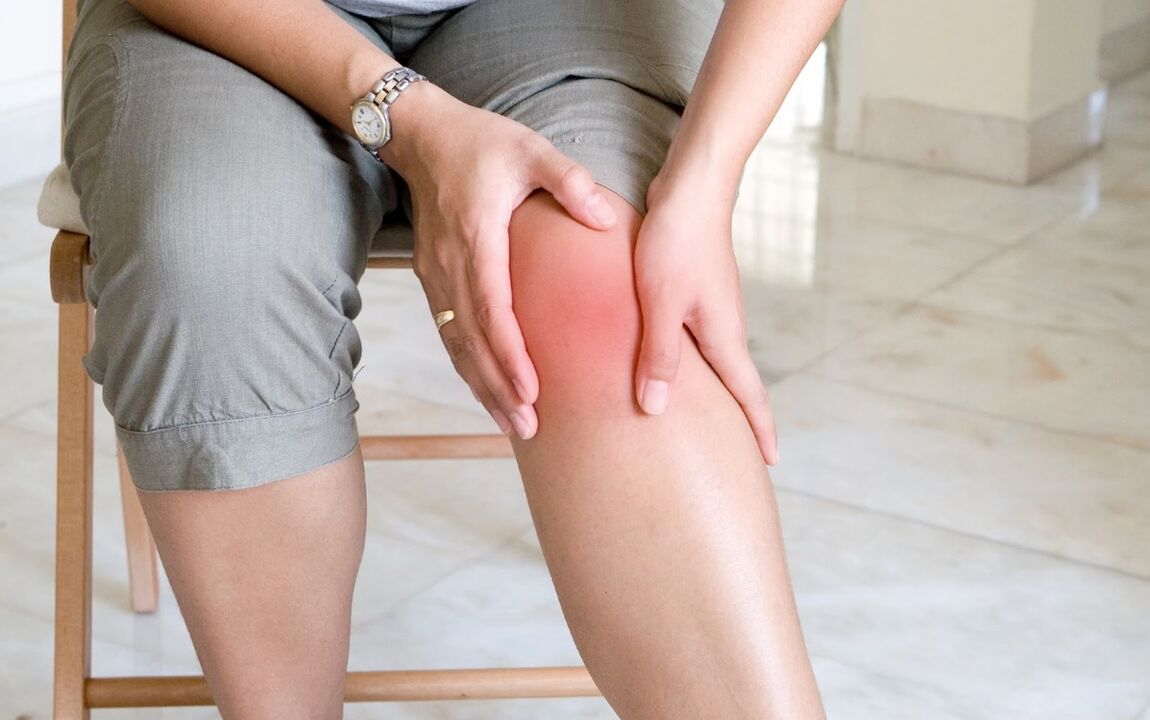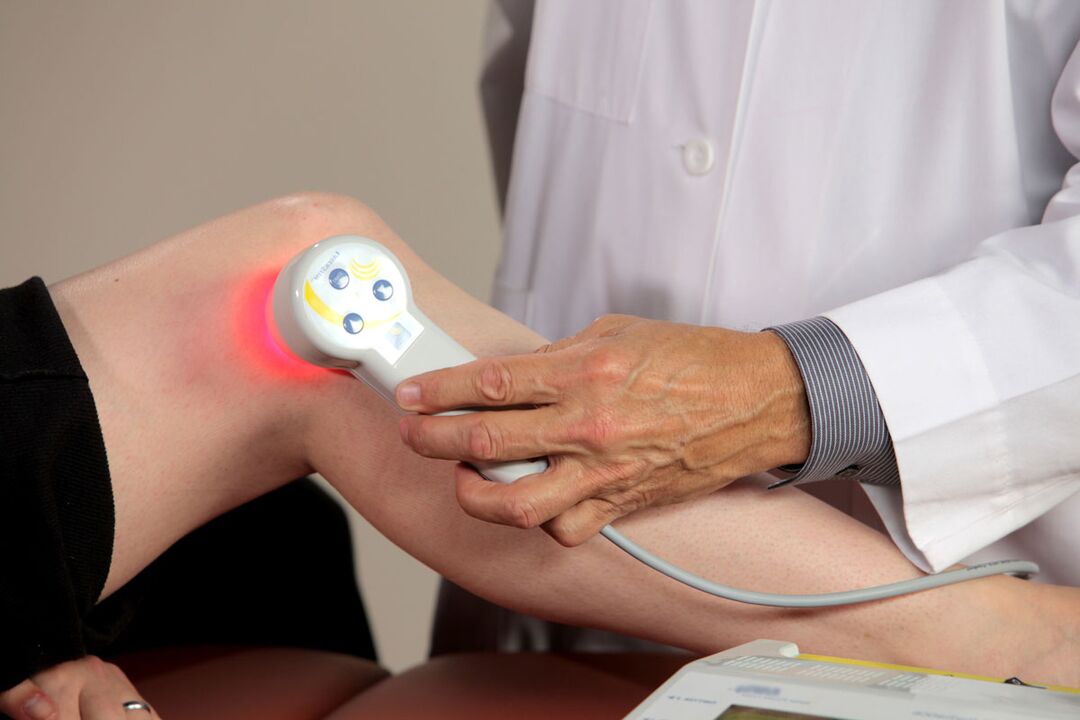
Our connections are complex and reliable mechanisms that nature itself has created. Their work is invisible as long as the joints are healthy. But when they start to hurt, the world loses its former splendor. One of the most common joint diseases is arthritis and osteoarthritis. Many people confuse them, and sometimes do not even know what the changes are, because in both cases the joints hurt. Similar names are also misleading. In this publication, we will show you how arthritis differs from osteoarthritis, for the symptoms of these diseases and methods of treatment. Despite the similarity of the names, these are completely different diseases.
What are arthritis and osteoarthritis: differences
First of all, diseases differ in names: they both have the same Latin root but different endings. Already with the final definition, you can remember what is the difference between arthritis and osteoarthritis. The Latin ending "-oz" means a degenerative process, destruction. The ending "-it" indicates an inflammatory process. The difference between osteoarthritis and arthritis is clear: diseases have a completely different nature and course. But let’s understand in more detail what arthrosis and arthritis are and what symptoms accompany them.
Osteoarthritis is the result of aging and deteriorating joints
Osteoarthritis is the deformation and erosion of the joint capsule, which allows the joint to move easily. The disease involves structural changes, cartilage damage, and destruction of its tissues. As a rule, osteoarthritis occurs after 45-50 years and is the result of the natural aging process of the body. In the elderly over 60, the disease is diagnosed in 80% with complaints of leg pain.

In young people, osteoarthritis most often develops as a post-traumatic phenomenon, for example, after fractures and bruises. It is often diagnosed in professional athletes.
Often, osteoarthritis affects the joints of the knee, ankle, and hips, that is, those who experience the most daily stress. Musicians often suffer from wrist and finger joints. By itself, osteoarthritis proceeds slowly, therefore, in the early stages, the symptoms are less pronounced.
Symptoms of osteoarthritis
the main symptom is pain, which appears during movement and after physical exercise. As a rule, the pain in osteoarthritis is painful, not too strong and leaves at rest, in a comfortable position;
Frequent cracking - a deep sound that occurs as a result of bone friction;
stiffness of movements is local, movement of only diseased joint is disturbed;
appearance - there may be cartilage deformity, in later stages, slight swelling.
Types of osteoarthritis
Primary - arises as a result of the natural aging process of the joint.
Secondary - develops against the background of trauma, as a post-traumatic manifestation.
Arthritis is a serious disease of the body
While osteoarthritis is usually diagnosed in people over the age of 45, arthritis can occur at any age. As we said, this is an inflammatory process that occurs in the joints but affects the whole body at once. The disease is associated with malfunctions in the immune system.
Why do joints hurt? The fact is that the immune bodies produced in this disease attack the joints. Therefore, with arthritis, any joint can be damaged: several at once or just one. Arthritis most often appears after severe stress, anxiety, against the background of reduced immunity and hypothermia, as well as as a result of metabolic disorders.

Symptoms of arthritis
pain in arthritis, in contrast to pain in osteoarthritis, decreases during movement but increases and becomes chronic at rest. Most often, the pain intensifies at night or in the early hours of the morning, during rest;
joints swollen, there is swelling, swelling, painful palpation;
the joint area becomes red and hot;
an inflammatory reaction is observed in blood tests;
stiffness throughout the body, stiffness of movement;
the appearance of dense nodules in the joint area.
Arthritis is also often associated with such manifestations:
dry eyes;
weakness, chills, drowsiness;
psoriasis;
weather dependence.
Types of arthritis
Depending on the nature of the disease, arthritis is divided into 2 types: inflammatory and degenerative. They, in turn, are also divided into species.
Inflammatory arthritis can be:
infectious - inflammation in the joints caused by microorganisms that have entered the synovial fluid;
rheumatoid - an inflammatory process that affects the connective tissue around the joint, as well as many organs;
reactive - develops as a result of infection;
gout is inflammation in the joints accompanied by an increase in uric acid in the blood and, as a result, with the deposition of salts.
Degenerative occurs:
traumatic;
osteoarthritis.
Which is more dangerous: arthritis or osteoarthritis?
There is no definitive answer to this question. Because both diseases, without timely treatment, can lead to a complete loss of the ability to move. Osteoarthritis can be a consequence of arthritis. But long-term osteoarthritis can also lead to arthritis.
Treatment of osteoarthritis and arthritis: features
Joint pain deprives a person of the simplest joys: an ordinary walk, the opportunity to rest completely, freedom of movement. However, it is not always possible to recognize in time an alarming manifestation in this symptom. Often people think this is a temporary phenomenon and try to get rid of the pain faster: they self-medicate, take medication or use folk methods. But after receiving short-term relief, they do not know the main thing - the causes of the disease. Thus, the disease worsens and takes on more severe, neglected forms.
The main recommendation of doctors is not to delay the visit to a specialist. Only a thorough examination and treatment will help to avoid serious consequences. The opportunity to live and move fully is at stake here.
Osteoarthritis is treated by orthopedists, neurologists and rheumatologists. The main method is to reduce the load on the diseased joint, increase tissue elasticity and strengthen muscles. In more severe cases, special injections with hyaluronic acid are prescribed, which helps to lubricate the joint, or so-called arthroplasty is performed.
However, a cure has not yet been found to completely restore cartilage tissue. Competent treatment of arthritis and osteoarthritis can only stop the destruction. The main methods of treating joint diseases are physiotherapy exercises and physiotherapy procedures.

Arthritis is treated by a rheumatologist. The course of rehabilitation depends on its specific type, but it is rarely possible to do without special anti-inflammatory drugs, antibiotics. Hormonal medications are sometimes prescribed. The treatment regimen is usually as follows:
pain relievers and anti-inflammatory drugs;
physiotherapy;
proper nutrition, diet, restoration of metabolic processes;
drug therapy if the internal organs are affected.
Prevention is the foundation of shared health
Like any disease, joint diseases can be prevented. First of all, you need to lead a healthy lifestyle, eat properly and avoid stress.
If we take into account the recommendations in particular, then the specialists of the clinics note:
Weight control - in order not to put excessive stress on the joints, you should always monitor your normal weight.
Moderate physical activity. They improve blood circulation, strengthen muscle corsets, which is very important for maintaining healthy joints. However, the key word here is soft, because sprains, injuries, strength training and grueling sports only speed up the process of joint destruction. For knots, swimming, cycling and Nordic walking are considered the best activities.
Correct balanced diet. As a prevention of joint diseases, doctors recommend reducing the amount of red meat in the diet, as well as foods with a high content of animal fats. But fatty fish and products containing omega-6 and omega-3 unsaturated fatty acids, on the contrary, should be included in the menu as much as possible. Also, emphasis should be placed on fresh vegetables and fruits, to maintain water balance.
Wear comfortable orthopedic shoes or insoles.
Strengthen the immune system, in particular, avoid hypothermia and avoid stress.
Be healthy!

























